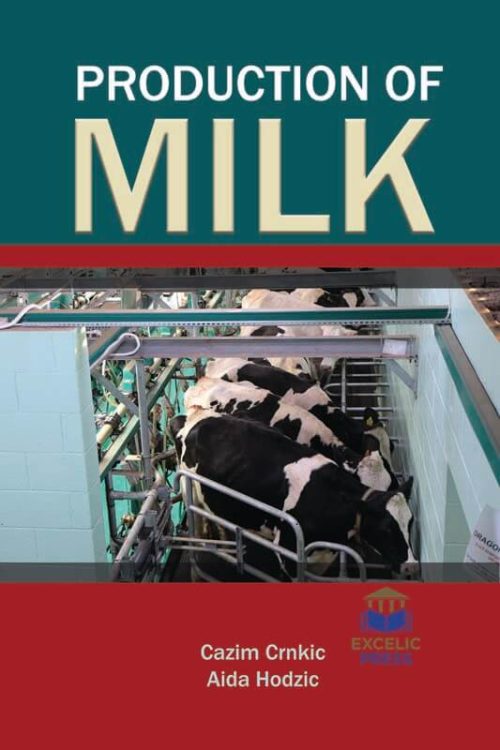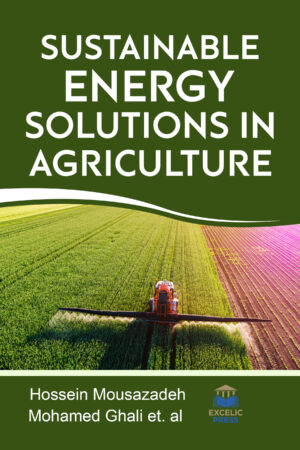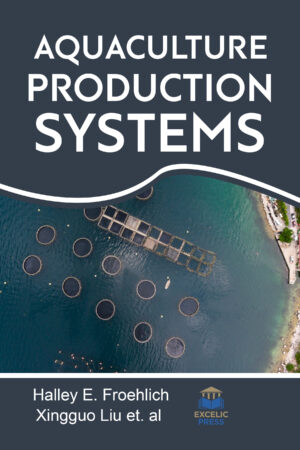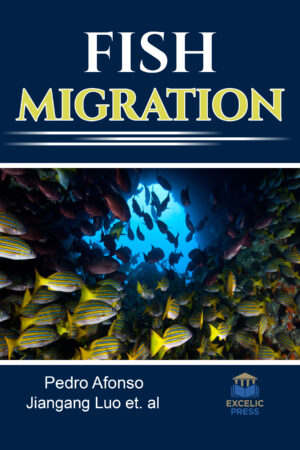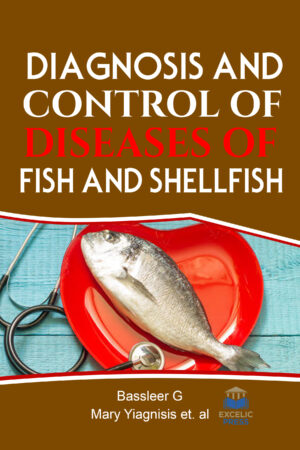Description
Milk production is a very significant element of the whole dairy chain. Dairying is a well-thought-out major source of nutrition and income and offers good opportunities for both farm families and non-farm rural and urban employment. Recently, there has been a premiumization and diversification of consumer needs. Milk has increasingly been used for various purposes with higher added value, other than the conventional dairy products. Consequently, several dairy development programs and models have been implemented for improving the dairy sector. However, satisfactory information about the dairy sector and its technological advancement are revealing, which upsurges the need to identify opportunities for technical and institutional development. This book presents updated information on key changes in the dairy industry and the depiction of dairy production systems.
Covering all major aspects of hygienic milk production, storage and processing, animal health and nutrition, and other key topics, this book is a comprehensive and timely reference to best practice and research advances in these areas. Modern breeds have been bred to be able to produce a large quantity of milk. To satisfy lactation needs, these breeds are exposed to stress conditions to consume, digest and metabolize nutrients, which can have negative effects on their health. These are called metabolic or production diseases and a study of them has great economic importance for milk production.
Consequently, the book opens to the readers with a discussion of the nutrition and health of dairy animals. Researchers and dairy producers have been constantly trying to manipulate the lactation curve by raising peak milk production while also improving lactation persistency. One relevant finding is that lactation performance can be manipulated by using the fact that milk yield is dependent on the offspring’s demands or if milk is removed. Thus, milk production can be increased by milking regularly and suckling. Milk removal is integral to enhance efficiency in milk production. The book has documented consistent responses to increased milking frequency; however, questions remain about the mechanisms involved in the regulation of milk production efficiency. Thus, a continuously widening gap between supply and demand for milk has appeared. Support from institutions and well-drafted policies are crucial to reducing this gap and this should be given heed when strategies are being developed.
The book focuses on how supplementing cows with soybean oil and DHA-micro algae leads to an improvement in the quality of milk fatty acid in confined production systems. The harmful effects of climate change will affect the animal agriculture of developed and developing countries, but due to a lack of resources, veterinary services, and technology, developing countries will have to face heavier stress. Therefore, a multi-disciplinary approach is required to reduce the heat stress on dairy cattle; the emphasis should be given to nutrition, environmental modification, and management process. This book will give special emphasis to these strategies in the context of arid zones.
This book will be of essential reading for dairy scientists, nutritionists, food scientists, academia, research institutes, milk producers, dairy industry, and health professionals.

